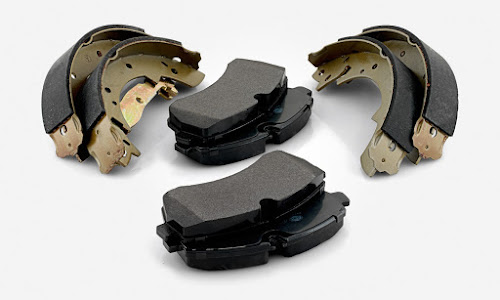Aluminum Pressure Die Casting: What Are Its Processes & Benefits?
Aluminum die casting alloys are lightweight and have high dimensional stability, making them ideal for complex part geometries and thin walls. Aluminum is a good alloy for die casting because it has good corrosion resistance and mechanical properties, as well as high thermal and electrical conductivity.
The die casting industry relies on low-density aluminum metals. Aluminum Pressure Die Casting retains its strength even at very high temperatures, necessitating the use of cold chamber machines. As a result of modernized surface finishing and efficient production factors, the original low-pressure injection die casting process has evolved into the high-pressure casting method.
The molten metal is still contained in an open holding pot, which is then placed in a furnace and melted to the required temperature. The high temperatures would damage the normal pumping system available here. It is allowing it to diversify into a wide range of operations.
The open holding pot is kept separate from the die casting machine, and the molten metal is ladled from the pot for each casting. Cold chamber die castings typically have higher pressure requirements than hot chamber die castings.
A steel mould is used in the casting process, which can produce tens of thousands of castings in a short period of time. To allow for casting removal, the die must be made in at least two sections. The casting cycle starts when the two die halves are tightly clamped together by the die casting press.
Molten aluminum is injected into the die cavity, where it quickly solidifies. These sections are securely mounted in a machine and are configured so that one is stationary and the other is movable. The casting is ejected after the die halves are drawn apart.
Depending on the complexity of the casting, die casting dies can be simple or complex, with moveable slides, cores, or other sections. To achieve locking, most machines employ mechanisms actuated by hydraulic cylinders. Others make use of hydraulic pressure that acts directly on the piston.
Aluminum die cast parts also have more surface finishing options and can operate at higher temperatures than other non-ferrous materials. Aluminum die cast parts are resistant to corrosion, highly conductive, and have a high stiffness and strength-to-weight ratio.
The Aluminum die casting process is based on rapid production, which enables a high volume of die casting parts to be produced much more quickly and cost-effectively than alternative casting processes. Aluminum die casting has become the preferred option for buyers all over the world.
Aluminum's Characteristics and Benefits of Die Castings includes:
Durable and lightweight
Excellent Strength-to-Weight Ratio
Corrosion resistance is excellent.
Electrical conductivity is exceptional.
In the manufacturing process, everything is fully recyclable and reusable.
The most common reason for using aluminum die casting as a lightweight metal is that it produces very lightweight parts without sacrificing strength. Die casting machines, large or small, are fundamentally the same in terms of how molten metal is injected into the die.
Aluminum die casting suppliers is the most commonly cast non-ferrous metal in the world for a variety of reasons. Due to the increased volume of production in various industries, there was a high demand for commercial die casting in the early nineteenth century. The movement opened up a plethora of new markets for the Die Casting Industry.
Aluminum and Zinc Die Casting Production took over the initial metals of Tin and Lead during this innovation period due to the higher quality features obtained by these products.




Comments
Post a Comment